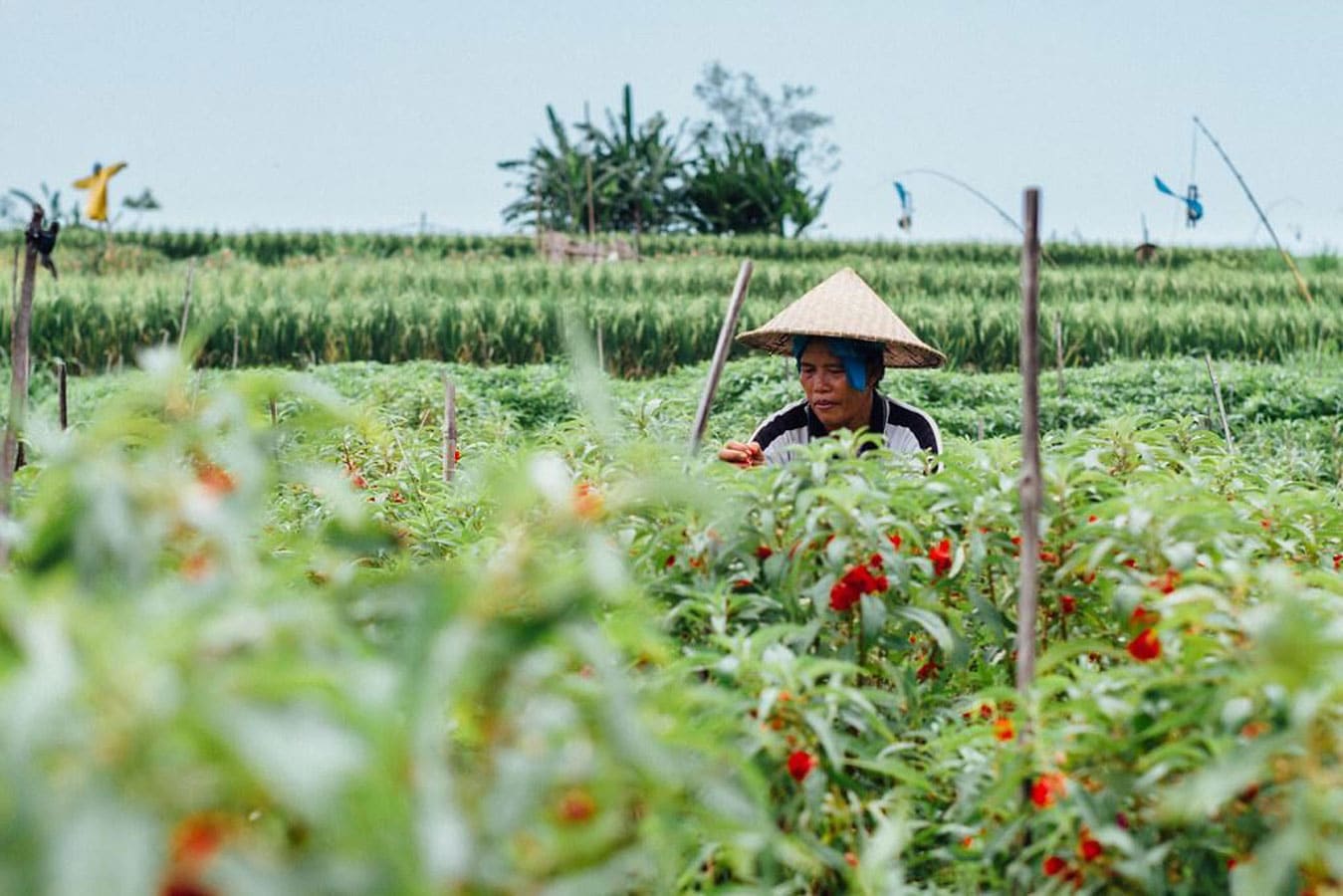Farming is often more mental than physical. Farmers need to keep track of planting and harvesting dates, revenues and expenses, yields, pests and diseases, markets, weather, and more.
Larger American farms keep tabs on all these factors and other data through farm management information systems or FMIS. These systems can be expensive and difficult to use but often prove critical. Can FMIS work for smallholder farmers in developing countries? It’s easier said than done.
Modern FMIS
For a large-scale farmer, an FMIS might include sophisticated satellite monitoring or other remote sensing technologies to track every square inch of their agricultural operation in micro and macro detail. For example, FMIS technology can track which areas might require additional water or fertilizer through spectrographic analyses. A farmer can download weather and climate forecasts into these systems to determine the best time to sow or to predict how long it might take for crops to grow.
Modern FMIS makes all this ground monitoring and regional weather forecasting interoperable with basic but critical business accounting functions—farmers can use these same systems to track commodities markets and their own budgets.
FMIS completely integrates the entire list of farm business functions and concerns in one tailor-made system. But these types of complex systems, often requiring expensive hardware units to run, are today designed for and used by mega-farmers plowing thousands of hectares. Now, how do you miniaturize this technology for a smallholder managing only a couple of hectares?
Newer, smaller FMIS concepts
In 2015, Malaysian researchers proposed a web-enabled FMIS designed specifically for that nation’s smallholder farmers. They set out to keep things simple, focusing only on developing an online database for inputting and storing information and an easy-to-use web interface. Their miniaturized FMIS system was also designed to help Malaysia’s smallholders comply with the government’s agricultural regulations, especially the new Malaysia Good Agricultural Practice (MyGAP) rules. MyGAP asks farmers to log their farm work, and smallholders were mostly using pen and paper to comply with this. The researchers launched MyAgris, a web-based FMIS service tweaked to the needs of Malaysia’s smallholder rubber and palm oil farmers.
However, getting farmers to actually use their service was another matter. The team said they learned the hard way that their made-for-smallholders FMIS is not a Field of Dreams: if you build it, they still won’t necessarily come (https://www.semanticscholar.org/paper/The-Development-of-Farm-Management-Information-for-Danuri-Shahibi/42406bf85de01b8abf8a2263f15d01afb7af47a1).
The Thai concept
This year, researchers from Thailand are proposing a different kind of smallholder-focused FMIS technology. They envision an information system accessible via mobile devices or smartphones and designed mainly for Indonesia’s small-scale chili farmers.
“A new application is useless if it is not adopted by the target users.”
Dubbing the concept a “small Farm Management Information System” or sFMIS, the Thai researchers insist they’re taking pains to keep it simple, just as their Malaysian counterparts did. For their sFMIS to win over smallholder farmers they argue it must meet three conditions: it should deliver only those services deemed absolutely necessary for smallholders, it should rely only on open-source data freely available online but filtered in a way to be most useful to smallholders, and it must be easy for smallholders to use on their existing mobile devices as a downloadable app. These conditions are necessary, they say, not only to minimize development costs but to keep the sFMIS as simple and user-friendly as possible. “A new application is useless if it is not adopted by the target users,” as they wryly put it. “Indeed, introducing a new application to small farmers is not an easy challenge.”
The Thai information technology scientists detail their vision for sFMIS in an article published this June in the journal Agriculture (https://www.mdpi.com/2077-0472/12/6/866). They think they’ve developed a winning formula, at least for Indonesia’s small-scale chili farmers. “The sFMIS ensures better farm management for smallholder farmers at affordable prices in application development and less operational costs,” they boast.
Grow Further is monitoring the latest developments and ideas in smallholder farm FMIS technology and may support specific initiatives as part of a broader strategy to develop IT for smallholder agriculture.
— Grow Further
Photo credit: A farmer harvesting red chili peppers in Bali, Indonesia. Adam Cohn, Creative Commons.




